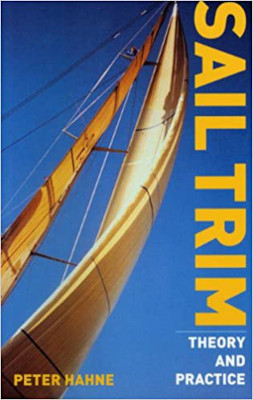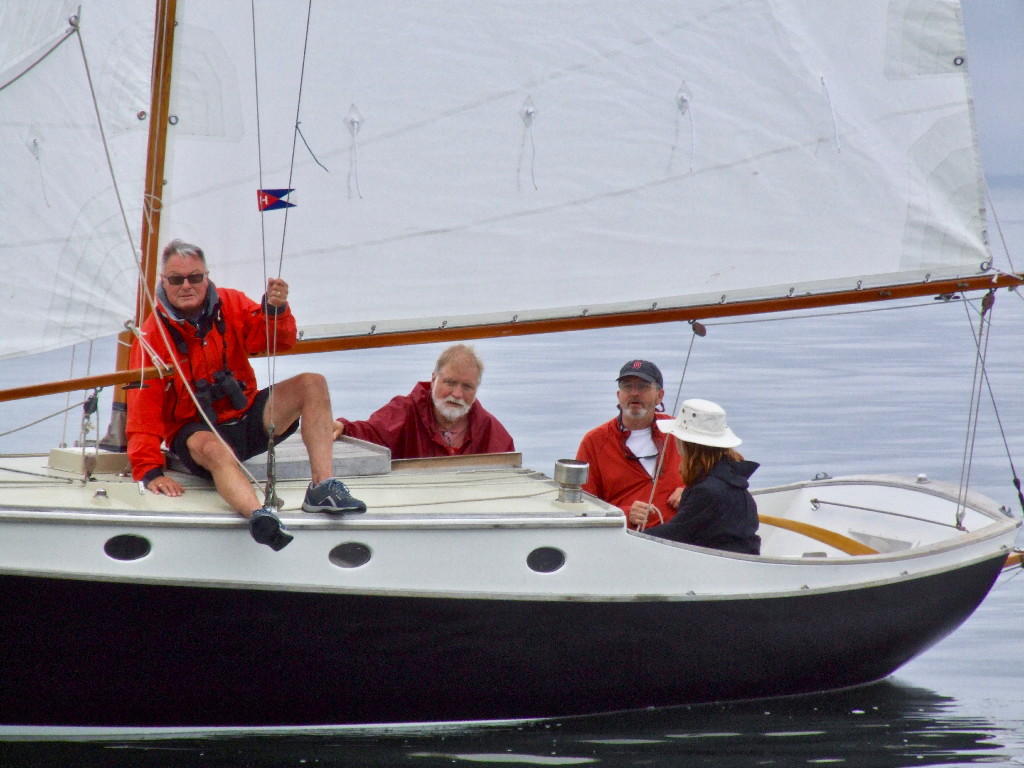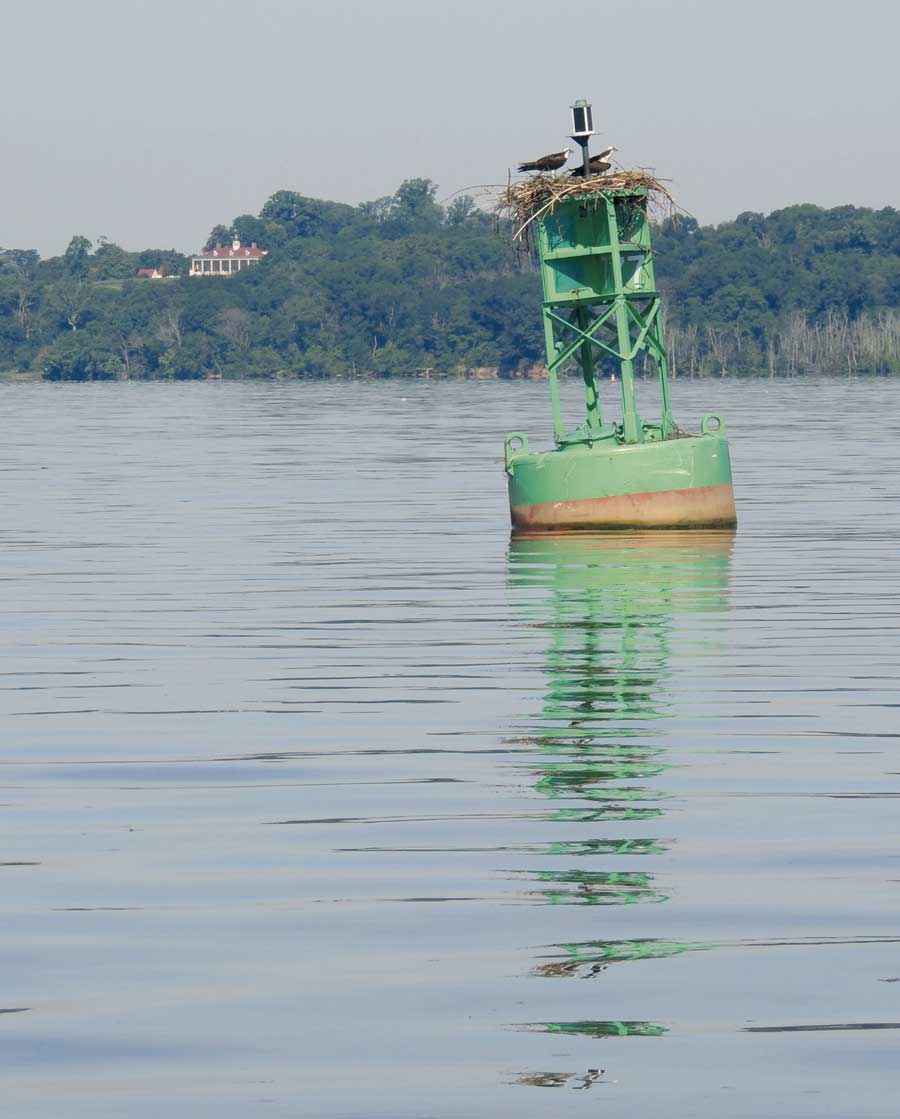 Knowing how to properly trim your boat’s sails is not only important in racing but has a place in cruising, too. As Peter Hahne says, proper sail trim “might even mean reaching the harbor in the evening rather than late at night.” A recent episode during my local Wednesday night race also demonstrated just how important proper sail trim is during heavy weather. In that race you could identify the captains who understood how their boats functioned and the physics impacting their vessels.
Knowing how to properly trim your boat’s sails is not only important in racing but has a place in cruising, too. As Peter Hahne says, proper sail trim “might even mean reaching the harbor in the evening rather than late at night.” A recent episode during my local Wednesday night race also demonstrated just how important proper sail trim is during heavy weather. In that race you could identify the captains who understood how their boats functioned and the physics impacting their vessels.
Peter does an admirable job explaining the physics behind an array of sail plans, hull profiles, and their interactions with currents and weather. If you enjoy discussions of laminar flow, hydrodynamic side force, and vortex formations, this book will be very enjoyable. Thoughtful discussions on everything from keel shape to profiles of spinnakers are contained in this compact book. He backs the discussions up with considerable mathematical and scientific evidence (as opposed to the all-too-often-cited anecdotal stories).
The less-seasoned sailor will take away a better understanding of the forces at work on a vessel and the impact of each. The book includes sections on trimming the head sail, yawing, tuning the masthead rig, and velocity prediction. The impact of different types of sailcloth is also discussed briefly.
I don’t think this book would be useful on a boat during a race, but sections of it would be extremely handy when observing a race. Sail Trim would be especially useful to sailors in the mid-levels of the U.S. Sailing keelboat series; it complements some of the existing class materials very well. The airflow and force diagrams alone deserve honorable mention.
As a newbie in the sailing world I found myself wanting to laminate the quick reference guide at the end of the book. This guide is divided by weather and wave action and gives pointers on what adjustments may be needed in your rig or sail trim depending on your course with respect to the wind.
All in all, Sail Trim Theory and Practice deserves to be in a well-stocked sailing library. The only negative I saw was the omission of a bibliography. I appreciate the ability to check an author’s scientific and historical sources and to come to my own conclusions based upon the same evidence.
Sail Trim Theory and Practice by Peter Hahne (Sheridan House, 2005; 120 Pages)




